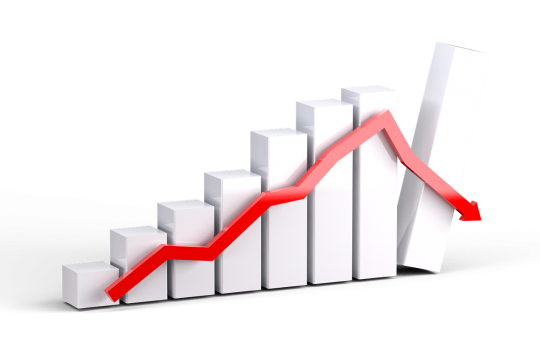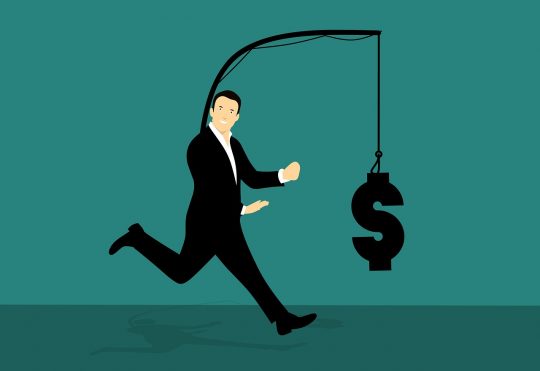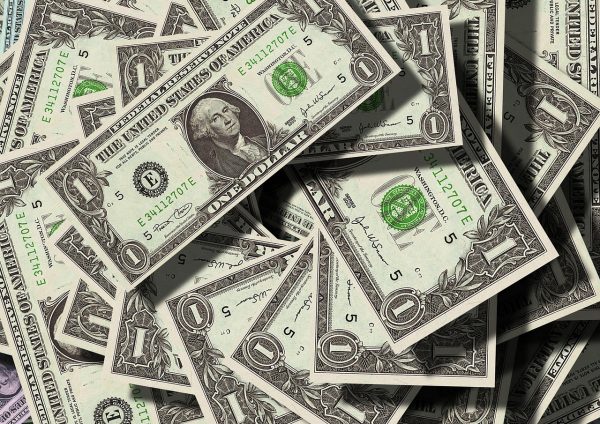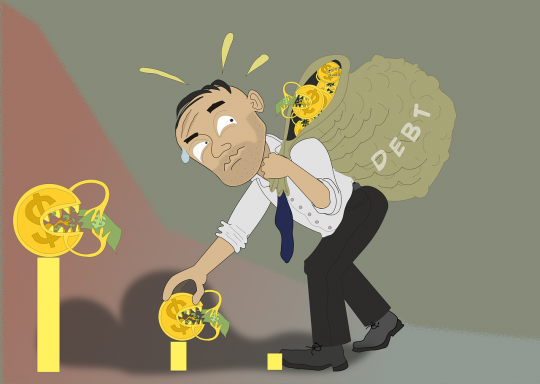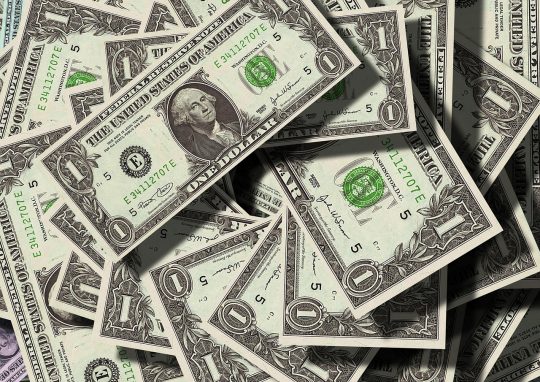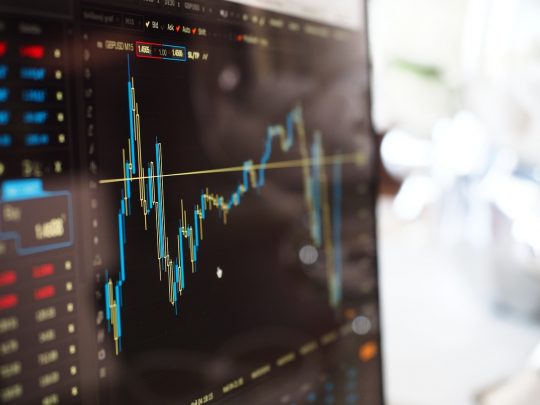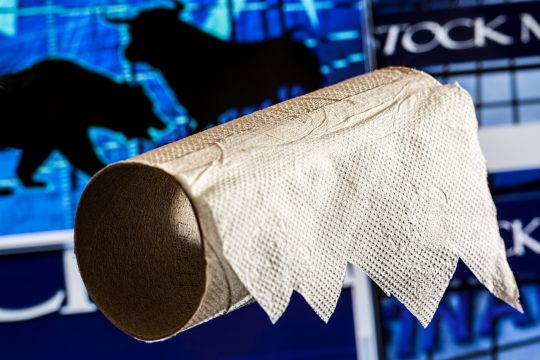 Stock markets are crashing all over the world, we are seeing extremely violent “flash crashes” in the forex marketplace, economic conditions are slowing down all over the globe, and fear is causing many investors to become extremely trigger happy. The stock market crash of 2018 wiped out approximately 12 trillion dollars in global stock market wealth, but things were supposed to calm down once we got into 2019. But clearly that is not happening. After Apple announced that their sales during the first quarter are going to be much, much lower than previously anticipated, Apple’s stock price started shooting down like a rocket and by the end of the session on Wednesday the company had lost 75 billion dollars in market capitalization. Meanwhile, “flash crashes” caused some of the most violent swings that we have ever seen in the foreign exchange markets…
Stock markets are crashing all over the world, we are seeing extremely violent “flash crashes” in the forex marketplace, economic conditions are slowing down all over the globe, and fear is causing many investors to become extremely trigger happy. The stock market crash of 2018 wiped out approximately 12 trillion dollars in global stock market wealth, but things were supposed to calm down once we got into 2019. But clearly that is not happening. After Apple announced that their sales during the first quarter are going to be much, much lower than previously anticipated, Apple’s stock price started shooting down like a rocket and by the end of the session on Wednesday the company had lost 75 billion dollars in market capitalization. Meanwhile, “flash crashes” caused some of the most violent swings that we have ever seen in the foreign exchange markets…
It took seven minutes for the yen to surge through levels that have held through almost a decade.
In those wild minutes from about 9:30 a.m. Sydney, the yen jumped almost 8 percent against the Australian dollar to its strongest since 2009, and surged 10 percent versus the Turkish lira. The Japanese currency rose at least 1 percent versus all its Group-of-10 peers, bursting through the 72 per Aussie level that has held through a trade war, a stock rout, Italy’s budget dispute and Federal Reserve rate hikes.
This is the kind of chaos that we only see during a financial crisis.
Investors are also being rattled by the fact that China just experienced its first factory activity contraction in over two years…
The People’s Bank of China said on Wednesday evening it had relaxed its conditions on targeted reserve requirement cuts to benefit more small firms.
…click on the above link to read the rest of the article…


